contact Boss
Don’t rush to close it, talk to our boss directly, you will get a surprise.



1900+ Users
Completed User Services
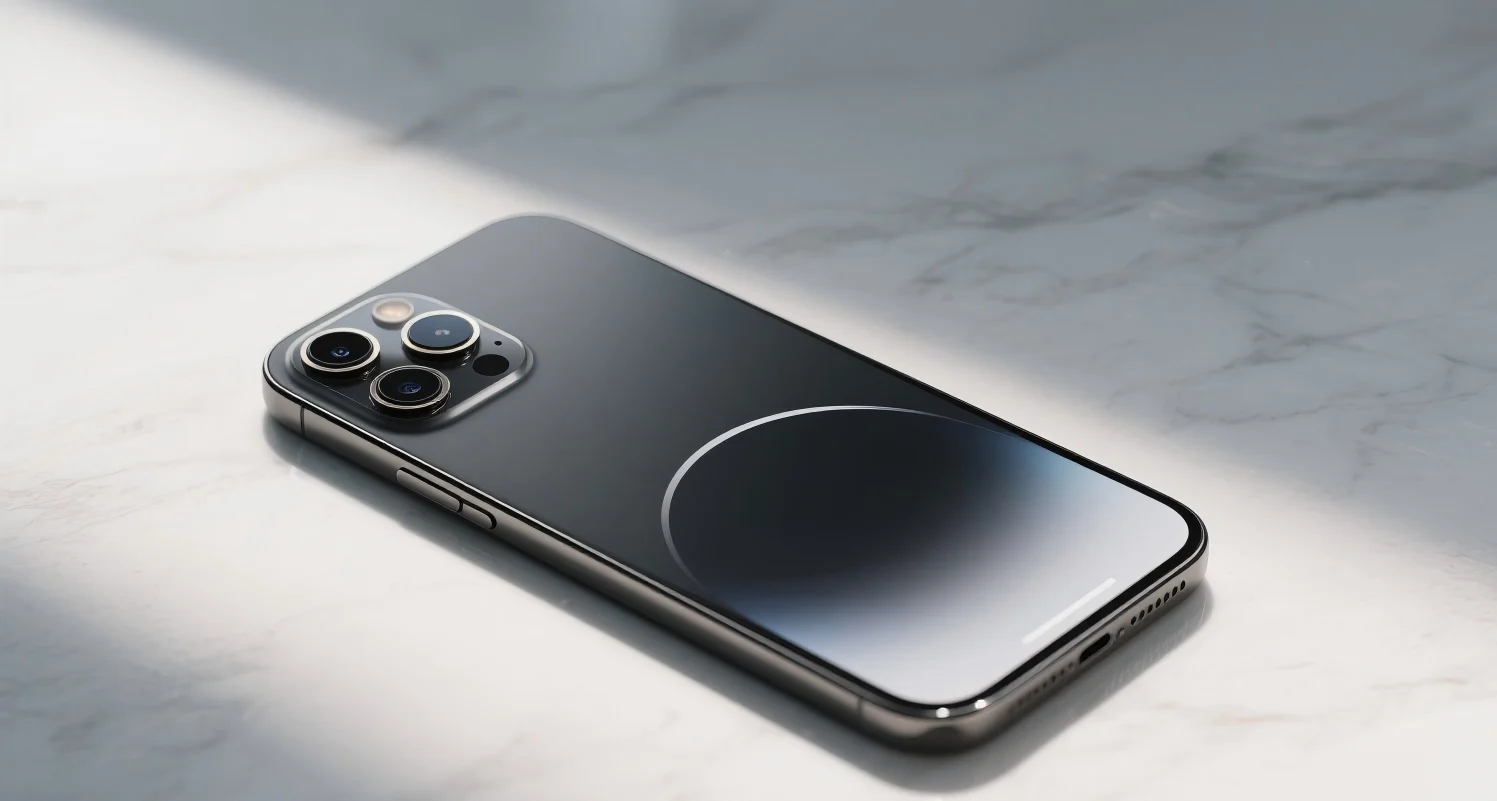
Apple’s “Super Burning Ahead” event has been scheduled for September 9th, when the iPhone 17 series and many new products will be officially unveiled. According to the latest reports, pre-orders for the iPhone 17 series will open at 5:00 AM Pacific Time on September 12th, with official sales starting on September 19th.
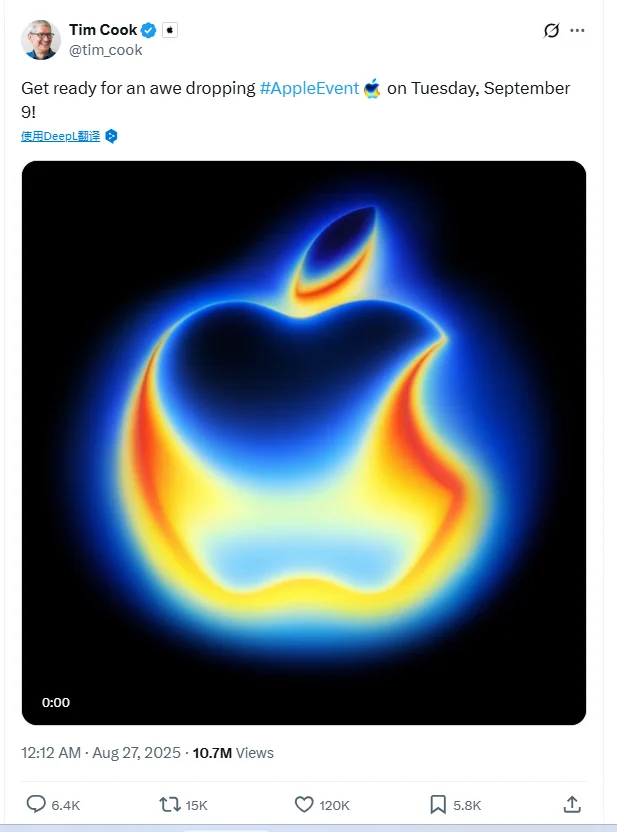
Regarding pricing, Morgan Stanley’s latest analysis suggests that Apple will slightly increase the prices of the iPhone 17 series at the event, marking the first price increase since 2017.
The standard iPhone 17 will remain unchanged, maintaining the same starting price as its predecessor. The Pro and Pro Max models of the iPhone 17 series may see a price increase of 4%–5%.
As the iPhone 17 series launch draws closer, recent leaks about the series have been numerous, but the authenticity remains difficult to discern. Pickones has compiled the most reliable leaks about the iPhone 17 series for your reference.
According to previous leaks, the iPhone 17 has added many new features and configurations, but one thing is missing: the SIM card slot.
Multiple authoritative tech media outlets have reported that the iPhone 17 series, especially the ultra-thin iPhone 17 Air, will fully switch to eSIM support, completely eliminating the physical SIM card slot. Apple has required European dealers to complete eSIM usage training by early September, and China Unicom has issued a notice to support eSIM services on the iPhone 17 series.
In the US market, Apple has already removed the SIM card slot starting with the iPhone 14 (2022).
Perhaps starting with the iPhone 17 Air, the physical SIM card will officially be eliminated from the iPhone. So, what are the advantages of eSIM over traditional SIM cards? Why is Apple taking this step?
SIM, short for Subscriber Identity Module, is a small card containing your phone number and carrier information. It’s your phone’s business card.
Only after inserting a SIM card does the phone know who you are and can connect to the mobile network. For decades, the first step in changing phones and numbers has almost always been to insert the card.
The “e” in eSIM doesn’t mean “electronic,” but “embedded.” It’s no longer a small plastic card you hold in your hand, but a chip soldered to the motherboard. So, the eSIM isn’t a card; it’s a communication function.
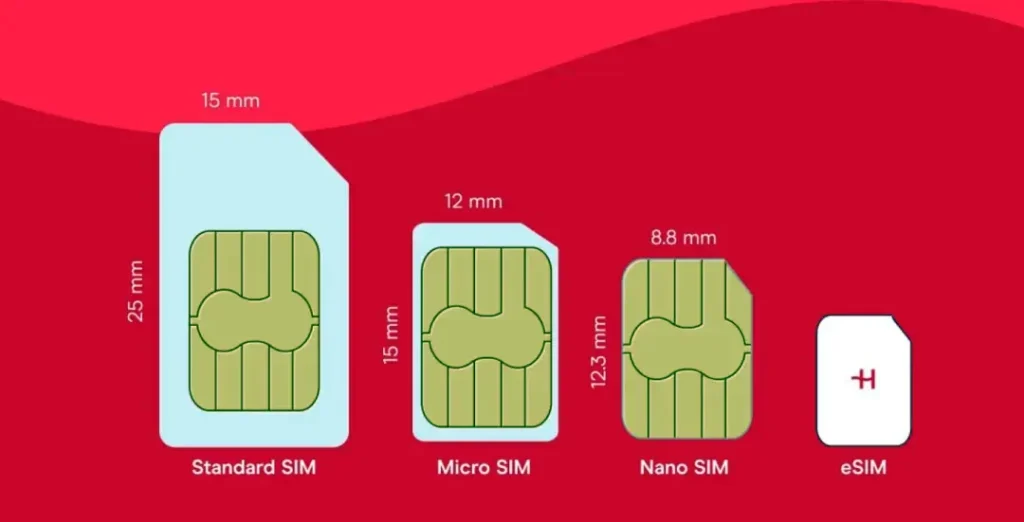
If your phone comes with an eSIM chip built in, you can activate your number simply by scanning a QR code and entering an activation code through the phone’s settings interface, or by downloading a configuration file directly from the carrier’s app. The entire process is as simple as downloading an app, requiring no physical contact. The carrier’s information is “written” onto the chip, effectively replacing your physical SIM card.
The origins of eSIM can be traced back to 2010, when the GSMA (Global System for Mobile Communications Association) led research and development of remotely activated embedded SIM cards. It was first used in smartwatches and IoT devices.
Many people first learned about eSIM with the Apple Watch 3 in 2017. At the time, the eSIM was advertised as being usable independently of the phone, also known as the “cellular data version.”
Smartwatches are small and space-constrained, lacking the space for a card slot or tray. However, they rely heavily on internet connectivity, making eSIM the ideal choice.
In terms of mobile phone usage habits, the vast majority of users don’t frequently switch SIM cards. They’d rather ask carriers for dual-SIM dual-standby slots than strongly urge them to support eSIM.
Furthermore, carriers have long established a comprehensive system for issuing, selling, and managing physical SIM cards, and naturally, they’re reluctant to abandon this core entry point.
Thus, the demand for eSIM in mobile phones has always been “present, but not urgent.”
It wasn’t until the iPhone XS/XR era that Apple phones became the first to support eSIM. High-end Android phones followed suit, but most adopted a “double insurance” approach, retaining the physical card slot and using eSIM as a backup.
For the average user, the most common SIM card issue is swapping: changing phones requires removing the card, and traveling abroad requires purchasing a local SIM card online in advance. Besides the hassle, these issues often come with minor embarrassments: losing the SIM card pin, losing the SIM tray, accidentally breaking the card…
The benefit of an eSIM is that it eliminates all of these issues.
An eSIM allows you to store multiple carrier profiles simultaneously (typically supporting 8-10), allowing you to switch numbers at any time. For example, you could use a China Mobile number in China, activate an AT&T eSIM upon arriving in the US, and then switch to an AT&T eSIM in Thailand. Switching is simple: just a few taps in the system settings.
A physical SIM card also carries a significant risk: if your phone is lost, someone can remove the card and insert it into another phone to continue using it. Nowadays, much account information is verified via SMS, so while phone charges are a minor concern, SIM card fraud is a major risk.
Since an eSIM is soldered to the motherboard and cannot be physically removed, it offers greater security. Even if your phone is lost, you can call the carrier immediately to remotely lock the card.
The SIM card slot may appear to be just a small plastic tray and metal slot, but it occupies more than just a perforated opening on the edge of the phone. It also involves a complex engineering process involving waterproofing, dustproofing, and radio frequency layout.
The eSIM chip is only one-tenth the size of a traditional SIM card. This valuable space can be used to accommodate a larger battery, implement more advanced heat dissipation, or simply make the phone thinner and lighter.
By eliminating the SIM card slot, the phone has one less opening. For users, this means the phone is more seamlessly sealed, making it less susceptible to water and dust intrusion. Not to mention the billions of SIM cards produced globally each year, creating a massive amount of plastic waste. Switching to eSIMs is an environmentally friendly option that reduces carbon emissions, while also simplifying production, transportation, and distribution costs.
eSIM card coverage is particularly low in developing countries. According to Standard & Poor’s, by December 2024, eSIM adoption in the United States will reach approximately 40%, while in the Middle East and Africa, only 3% of devices support eSIM.
However, users of eSIMs are generally positive. According to a 2024 survey by Counterpoint Research, 39% of respondents who were aware of eSIMs had already used them, and over 90% of eSIM users expressed high satisfaction with connectivity, particularly regarding seamless switching and travel convenience.
Bloomberg reporter Mark Gurman stated that if Apple were to remove the SIM card, sales of the iPhone 17 series in China could be significantly impacted.
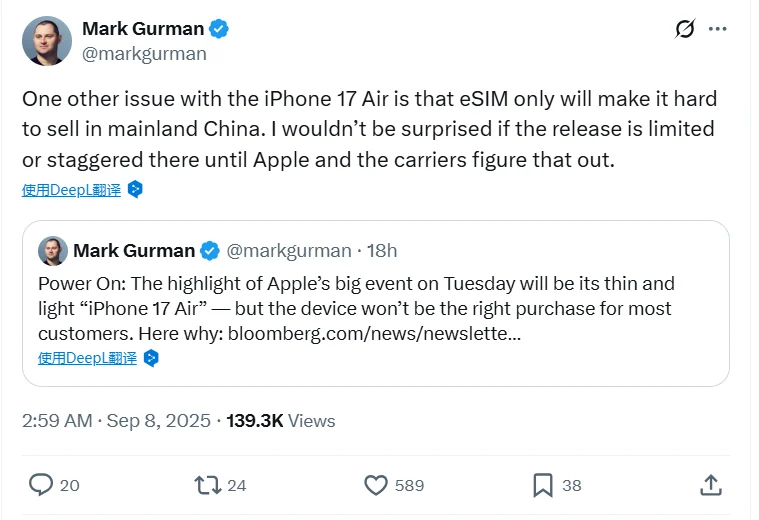
The last major update to the standard iPhone might date back to the iPhone X. For a long time, upgrades to the standard version have been rather mundane: little more than chip upgrades, battery life improvements, minor adjustments to the camera module design, and new color options. Like a child you don’t know well, you see them once a year and only notice a slight increase in size, but no fundamental changes.
The iPhone 17 finally received a groundbreaking upgrade: it completely replaced the long-standing 60Hz screen with an LTPO display that supports adaptive refresh rates.
Regarding the specific refresh rate, the mainstream leaks currently suggest “support up to 120Hz,” which is more credible. Others claim “the standard version will only have a high refresh rate of 80Hz,” citing the fact that “the Pro series’ adaptive high refresh rate is usually maintained at around 80Hz, making it difficult to run at the full 120Hz.” This suggests Apple may be equipping the standard version with an 80Hz LTPO display.
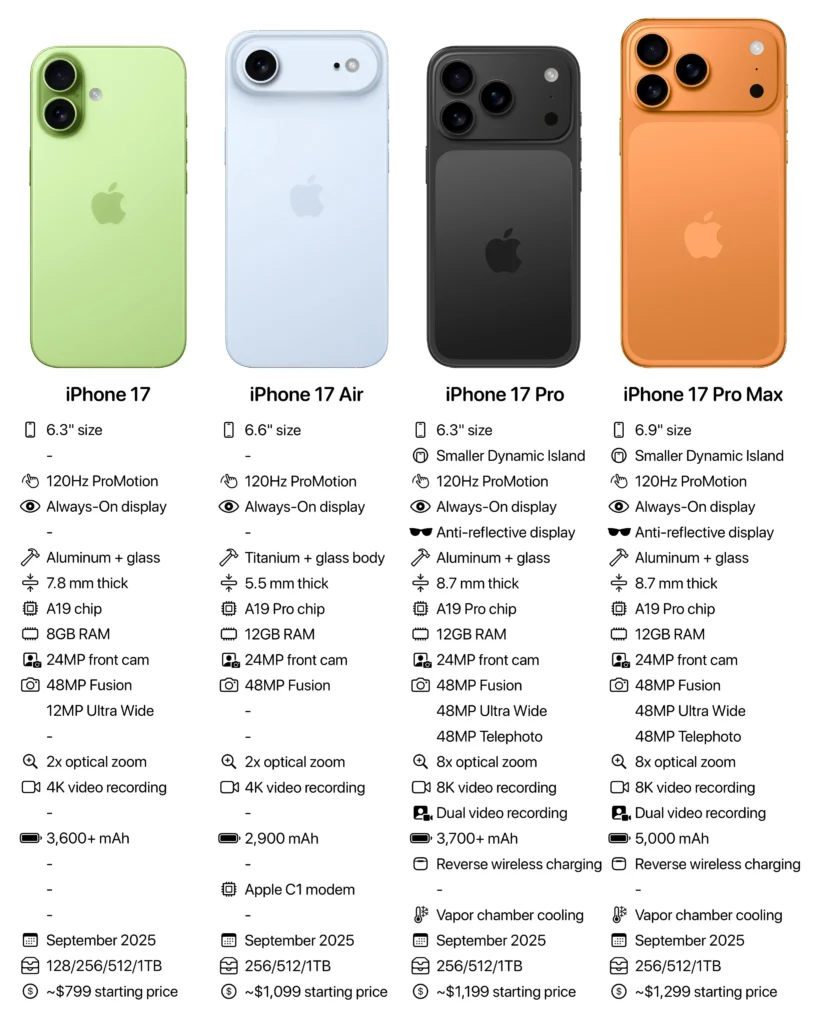
However, the latter theory is a bit far-fetched: while it’s not entirely possible, Apple’s product strategy suggests it could easily retain the iPhone 13 Pro’s LTPO display—supporting a 10-120Hz adaptive refresh rate, but without support for always-on display.
After all, this is the standard version. Even with a higher refresh rate, Apple will likely distance itself from the Pro series by cutting features, so the lack of an always-on display is highly likely (this is currently just speculation).
If it can achieve the same adaptive refresh rate as the Pro series, it would undoubtedly be a pleasant surprise for users. Beyond the screen, the standard version’s other upgrades remain standard: an A19 chip, an upgraded front camera, and new color options.
Even so, this is already the biggest upgrade to the standard iPhone in recent years—and since standard iPhone upgrades have always been sporadic, subsequent versions are unlikely to offer comparable improvements. Therefore, the iPhone 17 standard version deserves special attention.
As the newly added “fourth iPhone”, the positioning of iPhone 17 Air is completely different from the previous mini series and series, and it is also one of the most popular models at present.
A tech blogger previously revealed the iPhone 17 Air’s core specifications: a 48-megapixel single camera, the body just 0.217 inches thick, a battery capacity of approximately 2800mAh, and a weight of only around 5.15oz. This size and weight promise a noticeable improvement in hand feel.
It’s worth noting that Apple’s differentiation strategy has completely shifted this time. Previous mini/Plus series devices “maintained the standard configuration with only a modified form factor,” ultimately failing due to sacrificing core user experience. While the iPhone 17 Air focuses on thinness and lightness, it matches the Pro series in key specifications. Not only is it likely equipped with the A19 Pro chip, but the memory is also the same as the Pro series (12GB).
Despite the limitations of a thin body and a single camera, Apple has ensured power consumption control and an uncompromised basic user experience (performance and battery life) through the “LTPO display + A19 Pro chip” combination.
It can be said that the previous fourth iPhone was a transformed version of the standard version, and this time the iPhone 17 Air is more like a ‘slimmed-down version of the Pro series’, which is expected to fill the market gap in thin and light flagships.
Among the iPhone 17 series, the iPhone 17 Pro has received the most leaks and updates, representing the “most sincere upgrade” to the Pro series in recent years. However, its design has sparked considerable controversy.
The iPhone 17 Pro series’ back design completely departs from the familiar “Deco layout” in favor of a camera bar similar to the Google Pixel, but the actual results have been less than satisfactory. The Google Pixel’s cameras are arranged horizontally, making the long glass strip less obtrusive. The Xiaomi 11 Ultra also uses a large glass back, but with a secondary screen, creating a more logical design.
The iPhone 17 Pro series’ cameras retain the original triangular arrangement, with only the flash and LiDAR moved horizontally to the right, leaving a puzzling blank space in the middle of the camera bar. The necessity of the “camera bar” design remains unclear.
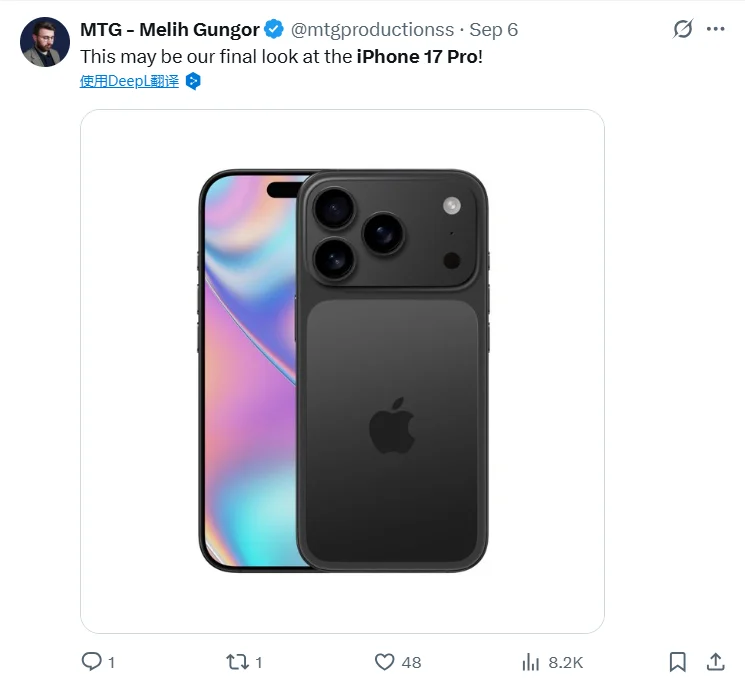
Furthermore, the iPhone 17 Pro series will be constructed entirely of aluminum, with only a small glass back panel to support wireless charging. The Apple logo has also been relocated to the center of the glass panel, resulting in a less-than-pleasing overall visual effect. Some users are also concerned that the all-metal body will affect signal quality.
According to leaks, the antennas on the iPhone 17 Pro series will be located within the glass surrounding the lens. This may improve signal quality, but it also raises questions about whether the large glass area on the lens module is simply to accommodate the antennas.
Despite the controversial design, the leaked configuration upgrades for the Pro series are quite substantial:
Imaging upgrade: Not only the front camera, but all rear cameras will be upgraded to 48 megapixels, supporting dual-view 8K resolution video recording. The Pro Max version will also support up to 8x optical zoom, significantly improving imaging capabilities.
The iPhone 17 Pro’s cooling system has also been upgraded: The iPhone 16 Pro already features a graphene heat sink, and the iPhone 17 Pro may be upgraded to VC cooling. Combined with 12GB of RAM, the iPhone 17 Pro’s gaming performance could see a breakthrough. In the past two years, Apple has been actively adapting to 3A masterpieces such as “Death Stranding”, and filling the “heat dissipation shortcoming” may be to attract more mobile game players.
If the above specs are true, the iPhone 17 series is likely to trigger a wave of upgrades during the upcoming second half of the year’s peak sales season. After all, the iPhone 17 Pro series, as the core flagship of the iPhone, is already very attractive. If this spec upgrade is true, it will likely spur a significant upgrade from existing iPhone users.
Looking forward to the iPhone 17 series launch event.